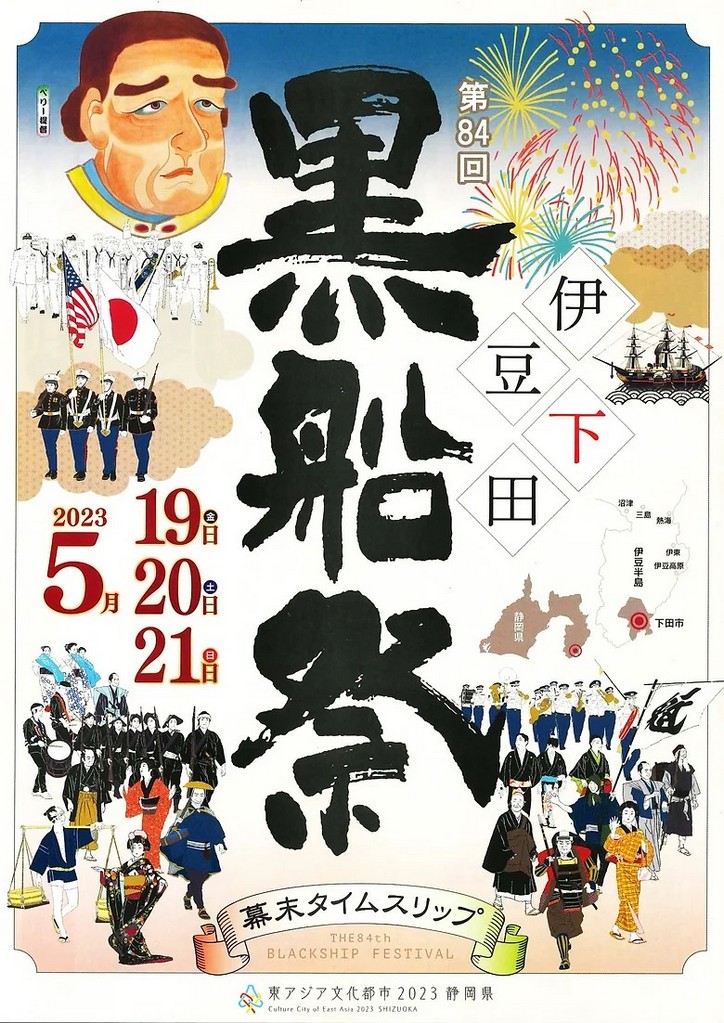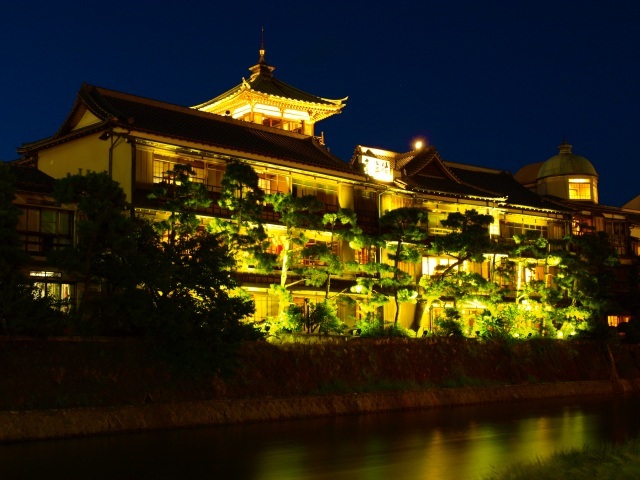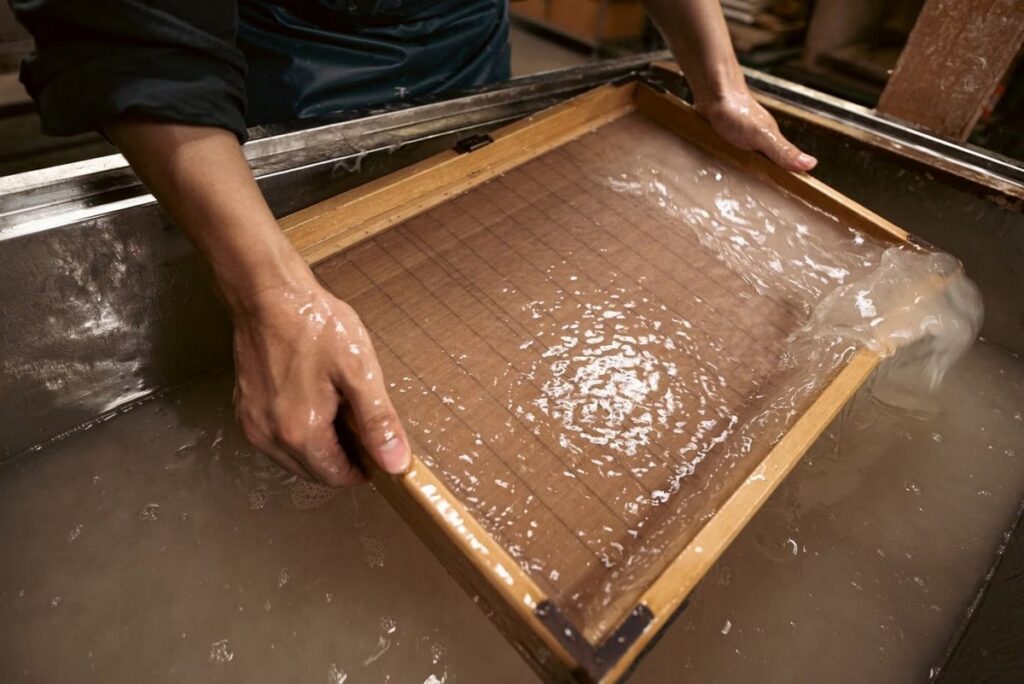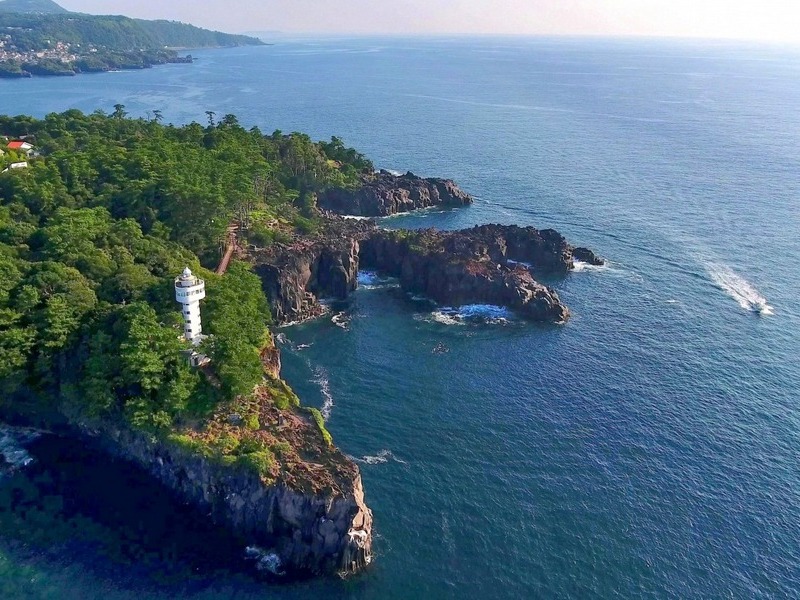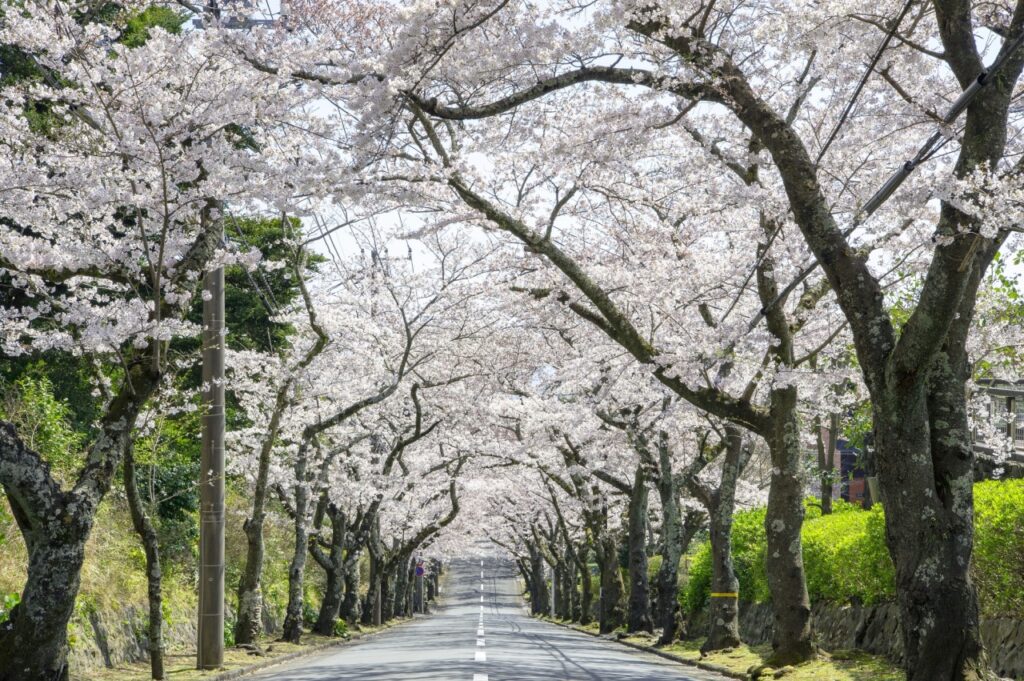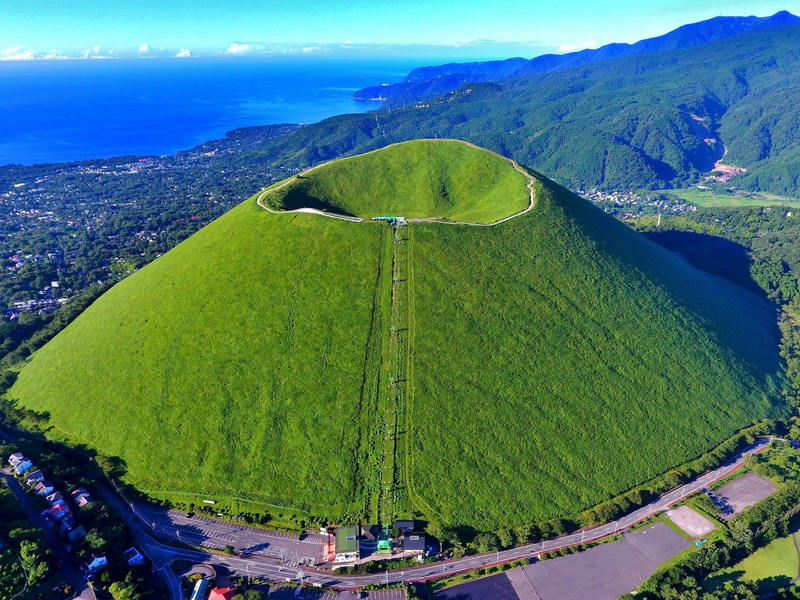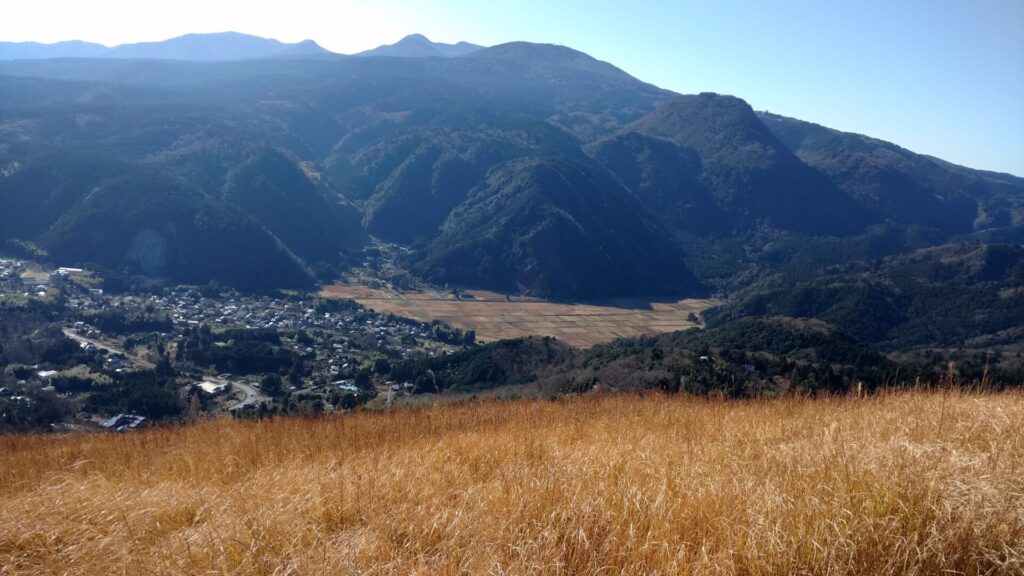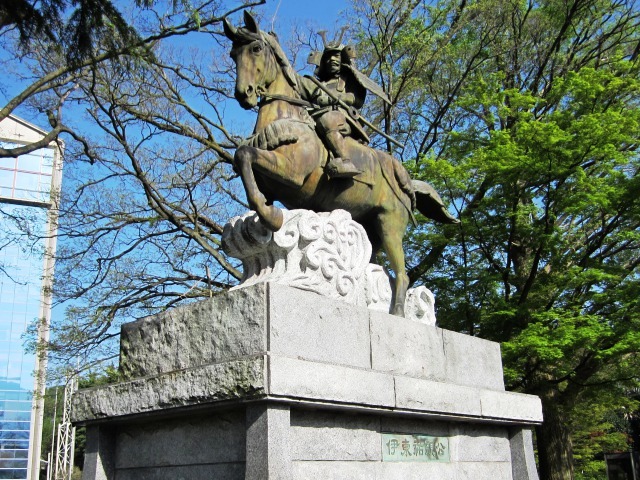Shimoda Black Ship Festival
Shimoda’s biggest annual festival commemorates that era with the Kurofune Matsuri (Black Ship Festival). The first festival was held in 1934 as a way to honor the five crew members of Admiral Matthew Perry’s expedition to Japan who died at sea or during their time in Japan. Today, the festival also honors the friendship between Japan and the US.

